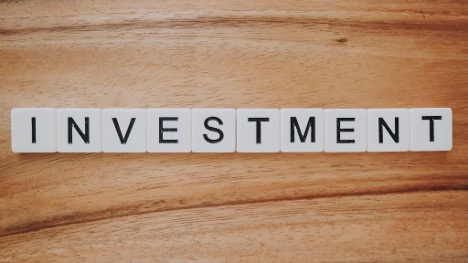
Recently, alternative assets have become a major talking point for RIA’s and institutional investors. Alts have been getting some serious press coverage in places like Forbes, Private Equity Wire, and The Financial Times for the unique benefits they offer.
Already know that you want to add MCAs to your portfolio? Do that here.
According to PitchBook Data Inc., about 1% to 2% of the estimated $80 trillion held by individual investors globally is currently invested in alternative investments. But this amount is set to skyrocket as investors are seeking new strategies to deal with the volatility of public markets and the simultaneous drop in the value of equities and bonds.
This trend is already well underway in the investment portfolios of public pension funds, which are investing heavily in the alternative asset market to increase the resilience of their portfolios. According to the most recent data from the Boston College Center for Retirement Research, alternative assets now make up 24% of public pension fund portfolios. This is an increase from the 8% recorded in 2001.
Alternatives tend to be more robust investments
Globally, interest rates are on the rise, inflation is hanging at multi-decade highs, and geopolitical instability is foremost in investors’ minds. Global data shows that 2022 has been the worst year for 50/50 bond and stock portfolios in the United States since 1932.

As the low-yield environment of the last decade gives way to a higher-volatility environment, wise investment strategy shifts to capital preservation over the long run.
This approach partly explains why global alternative assets increased from $7tn to $15tn from 2015 to 2021. These formerly specialist, even esoteric investment ideas are now mainstream and can produce seriously impressive long-term returns.
Even in the worst moments of the global financial crisis, private equity incurred lower losses than public markets.
Private equity also rebounded to its pre-crisis value in less than two years, when public equities markets were still down 20%. Data from Bain Consulting shows that in the years immediately following a significant economic downturn, investors in private equity regularly beat long-term averages.
Investors are paying attention to these trends. Alts offer vital opportunities in less correlated investment vehicles, providing an important hedge against riskier bets that may not perform well during times of market upheaval or economic weakness.
Institutional investors want diversification.

Institutional investors are looking for diversification. Always. All the time.
It’s important to remember that diversification isn’t just about adding more assets, but rather selecting a mix of investments that complement each other and provide a combination of growth and income.
Diversifying an investment portfolio is the only way to ensure that you’re not exposed to unacceptable risk in any one asset class or type of investment, and it’s a growing trend among institutional investors: In 2017, alternative assets saw a record $529 billion surge in investor capital.
This trend isn’t surprising when you consider that most traditional asset classes have seen long-term returns on par with inflation since 2000. This means that even if your investments perform well over time, they won’t necessarily keep up with inflation—which can make them less valuable than they might seem on paper.
Alternative investments such as real estate, collectibles like whiskey, baseball cards, sneakers, private equity, and MCAs offer diversification opportunities not typically found in other asset classes.
Not sure what an MCA is or how it works? We explain it all here.
These investments tend to be more volatile than other types of assets but also offer higher yields than traditional ones like stocks or bonds—making them attractive for those looking for yield without sacrificing stability.
Want to get started with MCAs? Do that here.
